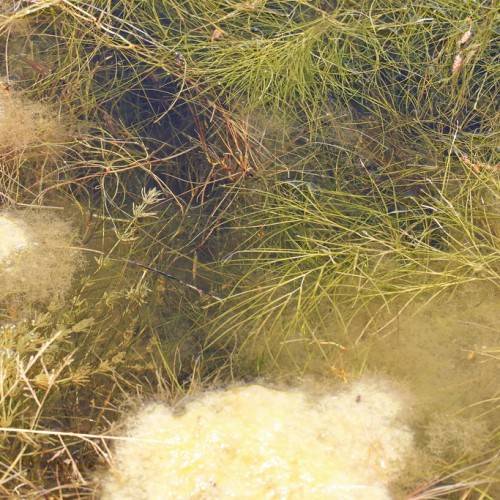
Common Hornwort
Ceratophyllum demersum
Also Known As - Coontail,Coon's TailWatering:
Minimal
Hardiness Zone:
Sun:
full sun,part shade
Leaf:
Yes
Growth Rate:
Low
Drought Tolerant:
Yes
Salt Tolerant:
Yes
Thorny:
Yes
Care Level:
Low
watering
Sand Heaths should be watered moderately. Water the plant deeply but infrequently, making sure the soil is damp but not soggy. During the spring and summer months, water your Sand Heath every 7-10 days. During the hotter months, you should increase watering to every 4-7 days. During the winter, water only once every 10-14 days or less frequently if the soil remains damp. Once the plant is established, it is adapted to tolerate dry conditions and should only require occasional supplemental watering.
sunlight
Sand Heath (Ceratiola ericoides) is a small evergreen shrub that is native to the sandy coastal and inland plains of the southeastern United States. The species needs full sun exposure to flower and grow vigorously. Sand Heath should be in an area that receives 6-8 hours of direct sunlight each day during the growing season. To ensure that the plant gets plenty of sunlight during the winter months, it should be planted in an area that has some reflection or protection from harsh winds. During the summer, the plant can withstand temperatures up to 75°F (24°C). While extreme heat can damage the plant if exposed directly, cooler temperatures at night help create an environment where it can grow and thrive.
pruning
Sand Heath should be pruned lightly every few years, starting after 3-4 years of growth. Pruning should be done in late winter before new growth begins. The aim is to remove dead or damaged branches and to keep the plants from becoming spindly. When pruning, avoid removing healthy branches and only remove 1-third of the bush in any 1 year. This will provide enough air circulation to ensure the health of the remaining branches. Pruning should also be kept to a minimum to preserve the character of the bush.
